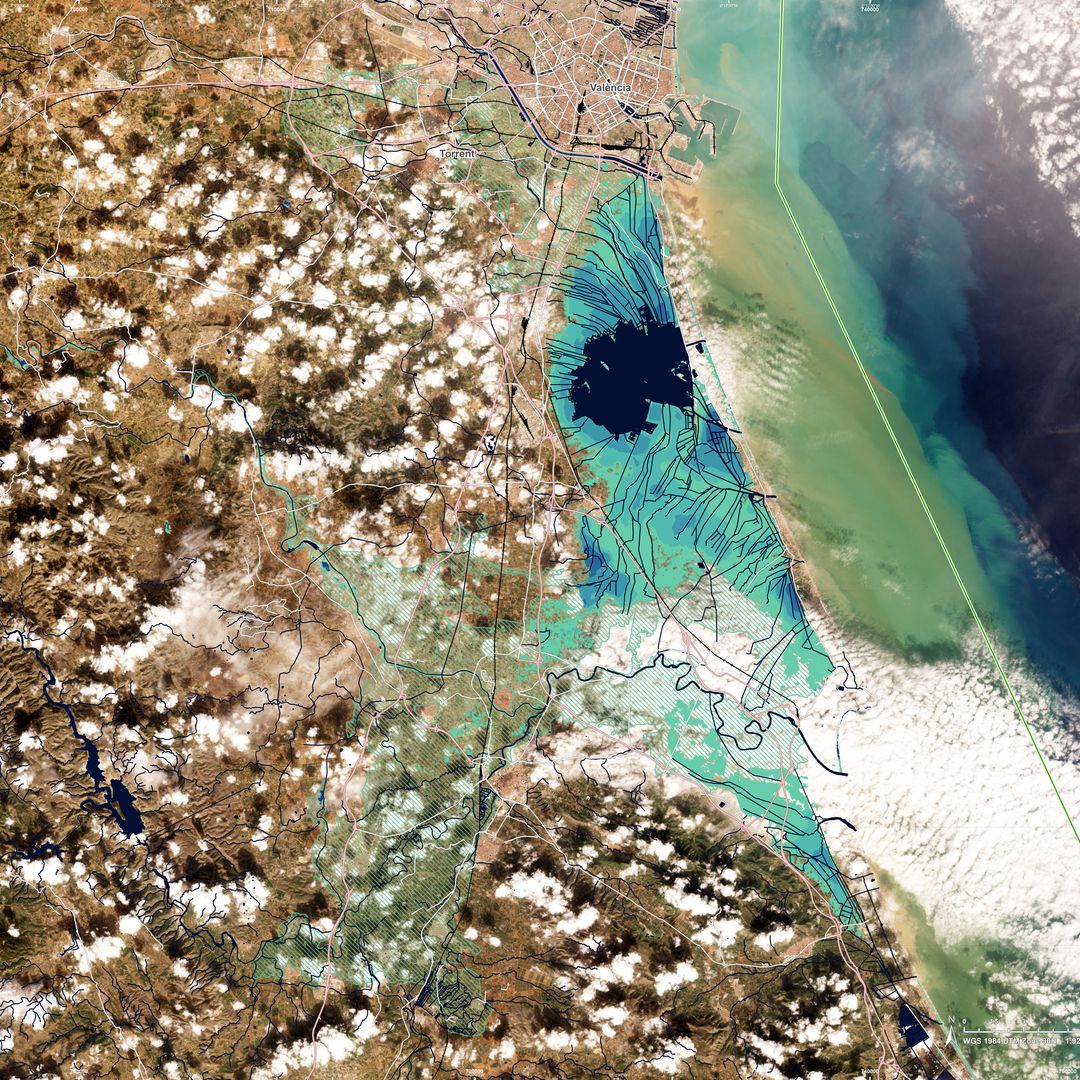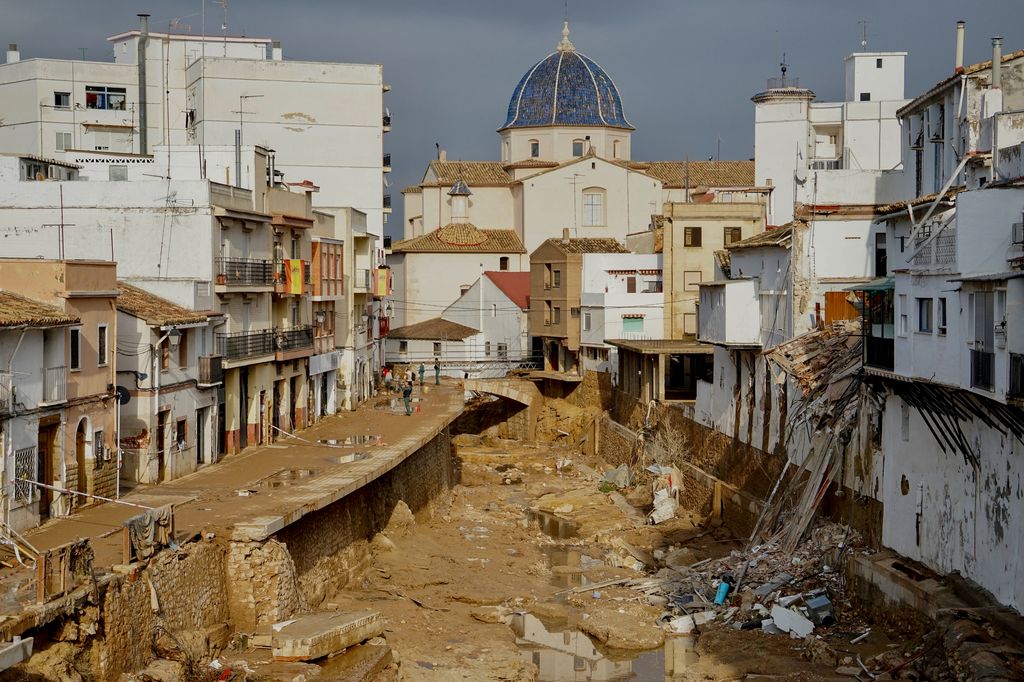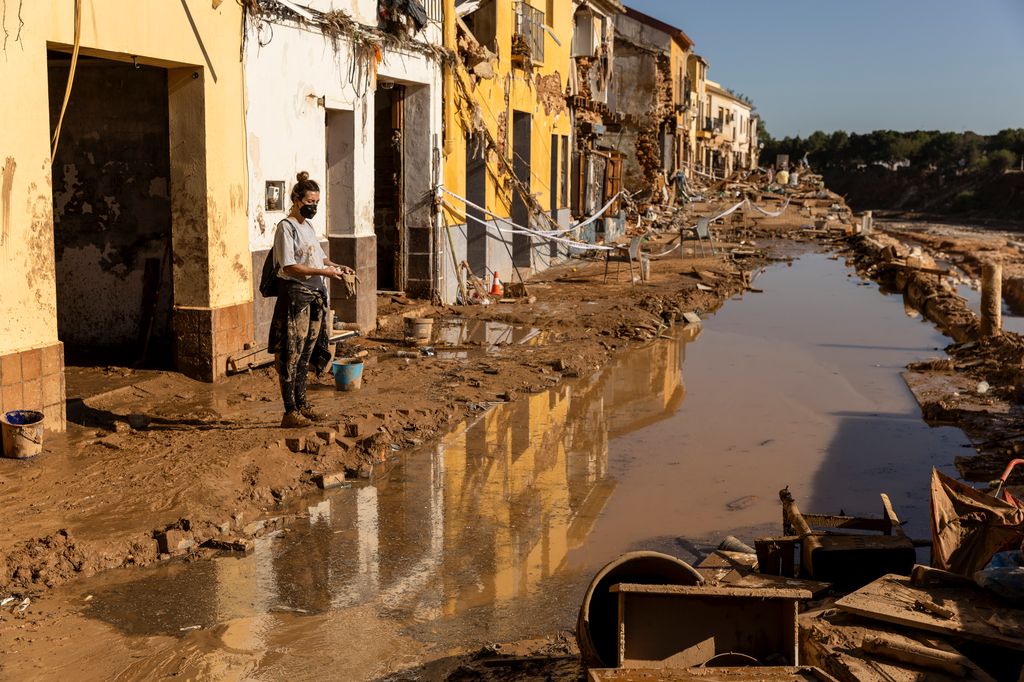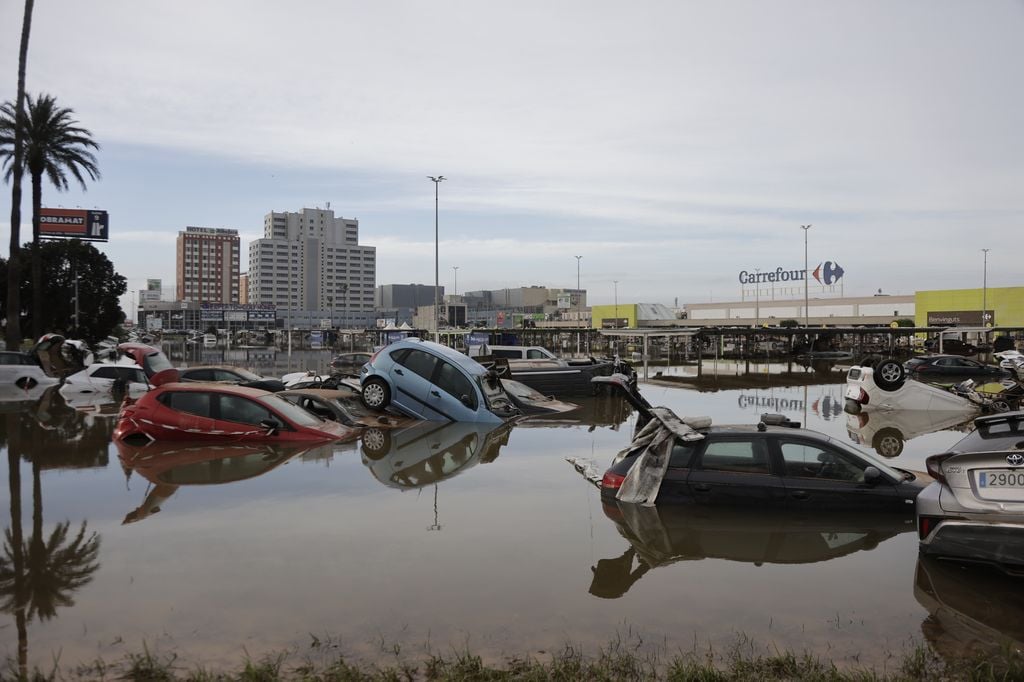The tragedy of DANA (Isolated Depression at High Levels) in the Valencian Community has marked a before and after in Spanish society. Although it is true that Valencians are the most victimsthis phenomenon can occur anywhere. Therefore, HELLO! wanted to know the opinion and point of view of Mario Picazoin order to analyze the recent catastrophe caused by DANA.
During the conversation, the meteorologist explains to us how this type of phenomena has become more frequent due to the climate changeand how geographical and meteorological conditions of Spain contribute to the storms becoming increasingly intense. In addition, the expert highlights the importance of preparing and educating the population in the face of phenomena like this, which increasingly have a greater impact on our lives. Are floods and other natural disasters a constant threat? Can it be repeated again? How should we act? Mario Picazo answers us.
“Spain was not used to such extreme phenomena, and we do not have the culture or the preparation to face them. We are going to live in “extreme mini-climates” that will increase”
-Mario, as a Valencian, did you think that a tragedy of such magnitude could happen in our country?
-DANAs are becoming more frequent. They occur more often, especially in autumn, winter and summer. In spring they are not so common. If they have occurred, we know that November is the month par excellence. However, I did not expect a tragedy of such magnitude. We all hoped that if an extreme weather condition was going to happen, like the ones that are becoming more and more common, measures could be taken to mitigate its impact. On Sunday afternoon, I had already predicted that in the Valencian Community, especially in the south, it was going to rain a lot, with the risk of flooding. But, as always, predicting where exactly and who it will affect is very complicated. In this case, DANA fell in the worst possible place.
-By?
-Because the rain accumulated in certain areas and was then channeled through ravines and rivers, which further complicated the situation. Nobody expected that these ravines would overflow, forming almost like reservoirs that, when broken, released the water quickly.
-What factors have influenced this situation?
-First, the amount of water that falls; second, the place where it has fallen; and third, the time. As with earthquakes, depending on the time, the phenomena have more or less impact. What has surprised us about this DANA, above all, are the damage and the victims.
“People should know how to act. For example, they should not go down to the garage when there are intense storms, or go outside. We need basic education on how to act in the face of these phenomena to avoid more victims”
-Can you explain to us what a DANA is?
–It is an Isolated Depression at High Levelsthis is the technical term in meteorology. A depression is like a storm, but it is isolated from the general circulation of the atmosphere, as if it were “detached” from it. Imagine that you have a belt that represents the jet stream, which moves storms, and that belt breaks into pieces. What remains isolated becomes a “pocket” of cold air at 6,000 or 7,000 meters above sea level, which makes the atmosphere unstable. This cold air helps condense water vapor and the clouds grow vertically, producing intense rain.
-How do the Mediterranean Sea or the Atlantic influence?
-Both are warmer than normal. In areas with mountains close to the coast, such as Castellón, Tarragona or Barcelona, the heat of the sea amplifies the formation of torrential rains, concentrating them in a short time.
-Why are DANA so common in Spain? Is it related to climate change?
-Yes, it has a lot to do with it for two reasons. First, for these “pockets” of cold air to reach Spain from northern Europe, the air has to make a kind of wave, a very large dip, something that has become more frequent due to the change in atmospheric currents, particularly due to the melting of the Arctic. Second, the oceans and seas are warmerwhich increases the amount of steam and energy available, favoring the formation of extreme weather phenomena. If we combine these two factors, DANAs will be more frequent and intense, and could occur in places where we did not see them before.
“The danger of this DANA has passed, but the factors that caused it still exist, so it could occur again”
-Does the problem in the Valencian Community have to do with its orography?
-Exactly. When a DANA occurs, wind generally comes in from the east, that is, wind from the sea towards the land. This wind encounters the mountains first, forcing the air to rise. As it rises, the air cools, causing more rain to form. Spain is a mountainous country, and regions such as Castellón, Alicante or Málaga have terrain that favors the intensification of storms when the wind blows from the sea towards the land. Then there is the west wind, which is the opposite, but also generates other weather conditions.
-What can we do about this type of phenomena?
-Climate change is a gradual process, but it has intensified in recent decades. We are injecting a lot of energy into the planet, and it returns it in the form of extreme weather events. Higher temperatures in the Mediterranean and other seas help generate more steam, which fuels storms. Reversing climate change is a global challenge, but we can adapt, and in places where there have been tragedies like this, we must invest in civil engineering to create adequate channels. Furthermore, each person can contribute by changing their habits, being more sustainable and reducing emissions that contribute to global warming.
-Do we have to think about adapting to these changes?
-Yes, because many areas of Spain are high risk. I read that around five million people live in flood zones, and that’s a lot of people. We need to take steps to reduce that risk.
“DANAs are difficult to predict accurately, but they can be identified a few days in advance”
-Valencia is a city where it does not usually rain much. Are you prepared for the rain?
-No, because being close to the sea, as soon as the rain exceeds a meter and a half in height, the streets flood. It is not a city accustomed to heavy rain, and when it rains, the storm is torrential, both in the city and in the fields. This is another consequence of DANA: the destruction of crops and soil alterations, which will make regeneration very expensive.
-Has Spain become a country of extreme climates?
-Yes, definitely. This is the problem: Spain was not used to such extreme phenomena, and we do not have the culture or the preparation to face them. We are not the United States, where hurricanes or tornadoes occurbut here DANA and other extreme weather phenomena are going to be more frequent. We are going to live in “mini-extreme climates” that will increase.
-Is it important to educate the population?
-Yes, it is essential. People must know how to act. For example, you should not go down to the garage when there are intense storms, or go outside. We need basic education on how to act in the face of these phenomena to avoid more victims.
-You have lived in the United States, is the population more prepared there?
-Yes, in the US preparation is part of the culture. During the ten years that I lived there with my children, they received quarterly training on how to respond to earthquakes, fires and other phenomena. Not only schools, but also companies and seniors. Everyone should know what to do, even in their daily life. For example, if you are in a car during a storm, you should know how to act: break the glass and climb onto the roof. It is a matter of basic education so that they do not put themselves in danger.
-Do you think we lack training?
-Definitely. We need a map of risk areas in Spain, and educate the population on how to act in the face of these risks.
-Can we say that the danger has ended after DANA?
-The danger of this DANA has passed, but the factors that caused it still exist, so it could occur again. DANAs are difficult to predict accurately, but they can be identified a few days in advance. However, its exact location is more unpredictable. Weather warnings are sometimes not 100% true, but it is better to be prepared and act with caution.





